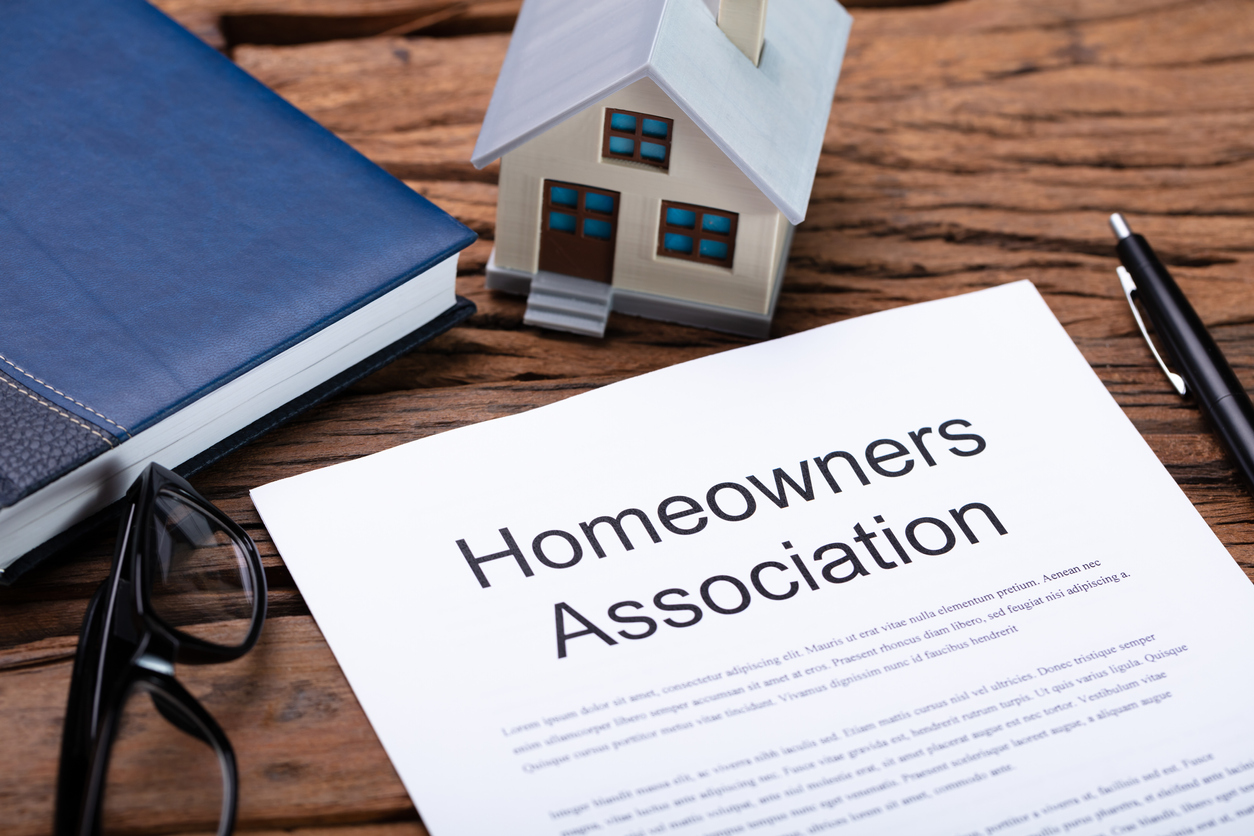How Condominium HOA Governs Shared Areas and Boosts Community Harmony
The administration of shared rooms within a condo association plays a crucial function in fostering area cohesion and maintaining residential or commercial property values. Through the facility of extensive standards, the Condominium HOA not just regulates the usage of communal features but likewise advertises a culture of regard and accountability among homeowners.
Function of the HOA
The home owners association (HOA) functions as the governing body for condominium areas, playing a critical duty in preserving the building and promoting a natural living environment. It is accountable for enforcing and passing area policies and guidelines, which are made to preserve the aesthetic worth and functionality of the shared area. This administration ensures that all locals abide by a standard set of expectations, fostering a sense of unity amongst varied property owners.
Furthermore, the HOA handles the economic facets of the area, consisting of budgeting, gathering dues, and preserving typical areas. This financial oversight is critical in making sure that needed upkeep and renovations are performed promptly, enhancing building worths with time. The HOA additionally offers as an intermediary in between residents and external entities, such as city government and provider, addressing communal problems effectively.
Additionally, the HOA commonly arranges neighborhood events and programs, motivating neighborly interactions and developing relationships among homeowners. By facilitating open communication and addressing complaints, the HOA adds to an unified living setting. Hence, its diverse function is necessary in guaranteeing the smooth operation and total contentment within condominium communities.
Regulations for Shared Areas
Effective administration in condo communities demands clear guidelines for common rooms, which are crucial for maintaining order and promoting a feeling of neighborhood among residents. These policies work as guidelines that ensure everybody can appreciate common areas, such as swimming pools, gardens, and recreational facilities, without conflict.

Additionally, cleanliness and upkeep standards are essential, commonly stipulating that citizens must tidy up after themselves and report any damages to the home owners' association. By plainly interacting these expectations, the HOA can reduce misunderstandings and encourage respect amongst locals.
Ultimately, distinct regulations for shared rooms add to the overall high quality of life in a condominium neighborhood, permitting locals to exist together in harmony while delighting in the services that enhance their living experience. condo hoa.
Significance of Neighborhood Standards

Community guidelines play useful source a considerable function in fostering a considerate and natural setting within condo organizations. These standards develop clear assumptions for citizens, promoting a feeling of liability and shared responsibility. By delineating acceptable actions and practices, community standards aid avoid misconceptions and conflicts among citizens.
In addition, these standards offer as a structure for preserving the aesthetic and useful stability of shared spaces. They ensure that all homeowners comply with requirements concerning property upkeep, noise levels, and use of common facilities. This harmony not only boosts the aesthetic charm of the community but additionally adds to overall home values, profiting all house owners.

Dispute Resolution Approaches
Browsing disputes within a condominium organization calls for a structured approach to make certain reliable and reasonable resolution. Efficient problem resolution strategies usually start with open communication, motivating locals to voice concerns in a considerate manner. Developing a designated network for grievances, such as a suggestion box or an on-line forum, can promote this process.
Arbitration is another important technique, in which a neutral third celebration assists challenging citizens get to an equally agreeable option. This method promotes collaboration and understanding, lessening hostility - condo hoa. The HOA board should additionally develop clear treatments for attending to complaints, making sure all events know the actions involved
Normal problem resolution training for board members can enhance their ability to deal with conflicts efficiently. Using a well-defined framework, such as the "Interest-Based Relational Approach," aids concentrate conversations on rate of interests instead of settings, promoting a solutions-oriented mindset.
Benefits of Neighborhood Consistency
Fostering neighborhood click here now consistency within a condo organization brings numerous benefits that boost the total living experience for homeowners. An unified area motivates partnership and teamwork among neighbors, resulting in a more jovial environment. When locals feel recognized and linked, they are more probable to engage in public activities and participate in decision-making processes, causing a stronger sense of belonging.
Additionally, community harmony substantially reduces misunderstandings and disputes, which can otherwise disrupt every day life. A relaxed setting lessens anxiety and promotes psychological health, permitting citizens to enjoy their homes totally. Furthermore, harmonious partnerships typically translate right into enhanced home values, as prospective customers are drawn to areas defined by security and cooperation.

Final Thought
In summary, the role of the Condominium HOA is pivotal in regulating common spaces and cultivating community harmony. condo hoa. Via the establishment of clear regulations and community standards, locals are urged to maintain a respectful and responsible setting. Reliable conflict resolution methods better improve communication and cooperation among citizens. Inevitably, the efforts of the HOA add to a natural community, advertising both residential property values and general resident satisfaction. The positive influence of these campaigns is vital for continual communal well-being.
In Addition, the HOA typically organizes area occasions and programs, urging neighborly interactions and building connections among citizens. By defining appropriate habits and methods, neighborhood guidelines help prevent misunderstandings and disputes amongst citizens.
In addition, area standards assist in efficient communication among residents and the Homeowners Organization (HOA) Via the facility of clear policies and neighborhood guidelines, locals are encouraged to keep a liable and respectful atmosphere. Ultimately, the efforts of the HOA add to a cohesive area, promoting both building values and overall resident complete satisfaction.